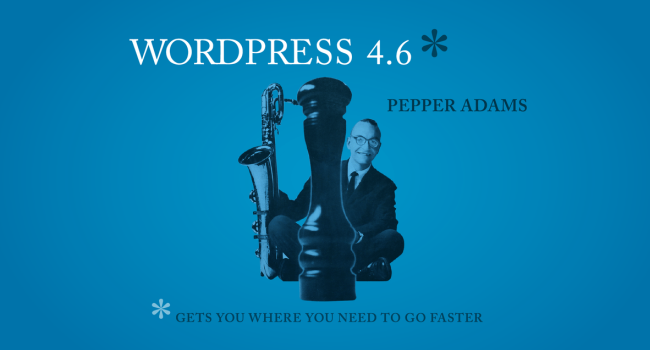A dish poorly garnished and presented will hardly stimulate your appetite and in the end you will most likely ignore it. The same can be said of the look and feel of any website.
The first impression a visitor has of a website is the design and not the content. When a visitor lands on your home page for the first few seconds, he/she is checking out the design structure, color combinations and graphics deliberately or intuitively. The user will certainly do this before the real content (products, services, about, contact etc.) is looked at.
If the design puts the user off, you can be very sure he/she won’t bother to consume the content. You may have put in so much effort to create top class content, but unfortunately it all won’t matter to a user who finds your website not good to look at.
The average visitor may not process the design elements from a technical point of view, but will do so in the message all the elements send visually (in the way they blend and flow). So for instance, a user may interpret his/her overall impressions of a website in the following words: warm, modern, attractive or professional.
Such interpretation will depend on the frame of reference of the particular user in question. In other words, the visitor’s level of experience or exposure will influence how the website appeals to him/her. However, the user does not necessarily need to have a technical eye to make this pertinent observation of the website.
In the following sections, I describe three main web design elements. These elements are the most discussed areas with clients during any project work.
1. Structure Design
A website structure is the product of hours of planning and strategic thinking, usually informed by the industry under which a business is categorized. A corporate website will place a more professional look and feel on the design scale of preference, ensuring easy access to information in quick clicks (usually a maximum of 3).
A flat structure design is therefore the preferred choice for most corporate clients I have worked with. It’s simple, clean, business-like and easy to find what you are looking for.
Unlike corporate, a news publishing or e-commerce website is best served using a deep structure design, providing many layers of the same information. This is achieved by using drill down techniques, allowing users to dig out more information as required.
Whatever structure design approach best suits your business, it is important to make sure the website is well-organized, easy and intuitive to navigate and consistent throughout all the pages. Another important aspect to consider is the responsiveness of the website to mobile devices such as tablets and smart phones.
2. Colors
The choice of business colors is crucial to the overall design of your website. Again, your category of industry will influence what colors are considered most appropriate or what colors are more dominant in its presentation.
If you are going to choose strong colors (e.g. red), make sure to balance it with less strong colors (e.g. white). For example, you could use a white background, red buttons with white text, dark grey hyperlinks which dynamically changes to red on mouse over/focus/click etc.
Thinking through these simple color issues can make such a big difference in how your website comes out in the end.
3. Graphic Design
A thousand words can be said in just one image. Need I say more? The effort you put into the graphic design on your business website is as important as the text content you produce. A well thought out graphic design work that blends with chosen color schemes will surely dazzle your users and keep them coming for more. It will add more personality and interest to your website. This is something worth investing in.
Conclusion
Before I end, kindly consider the following points:
- If there is anything you must do right in your online marketing efforts, it must first start with website design. It makes no sense spending time, effort and money to market a poorly designed website. You will only shoot yourself in the foot;
- Your website reflects on your business and what you can deliver. It communicates how you value your own business and customers;
- If your business website does not look good, visitors won’t consume it no matter how great your content is.



